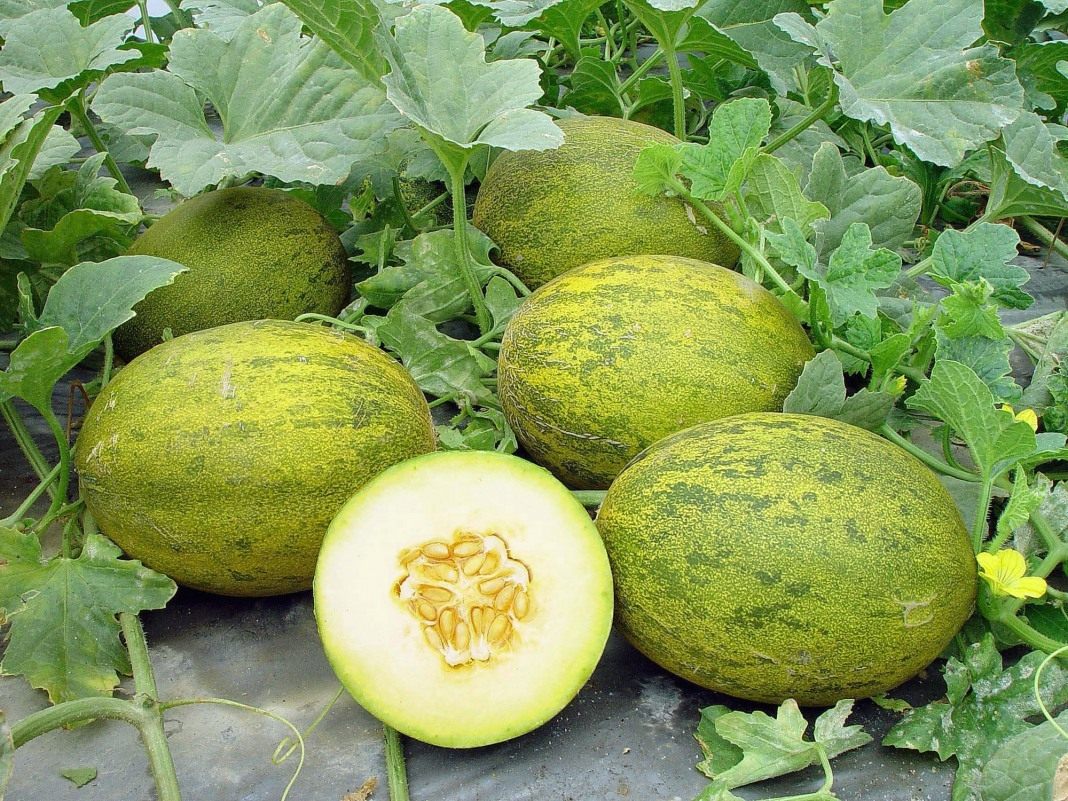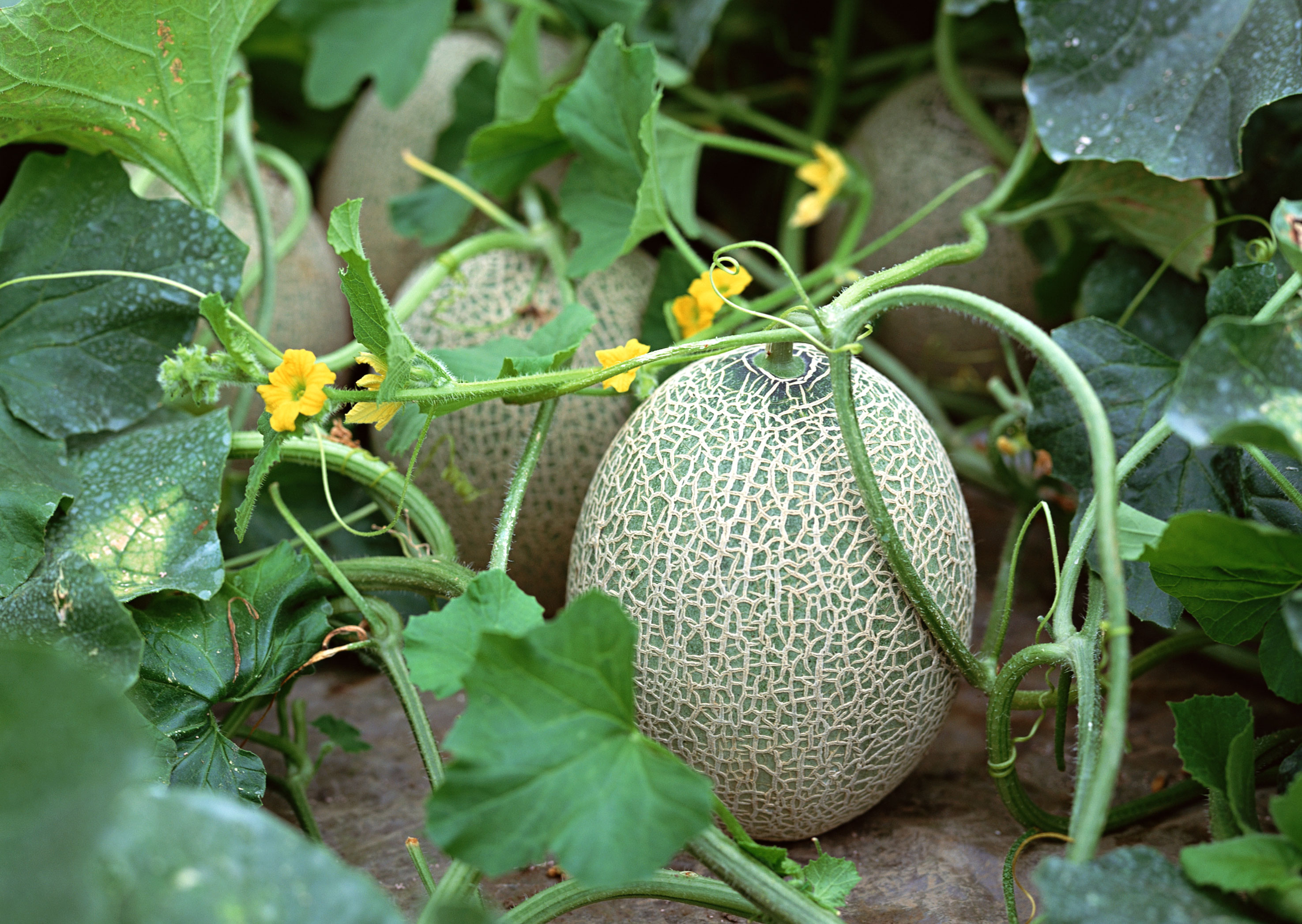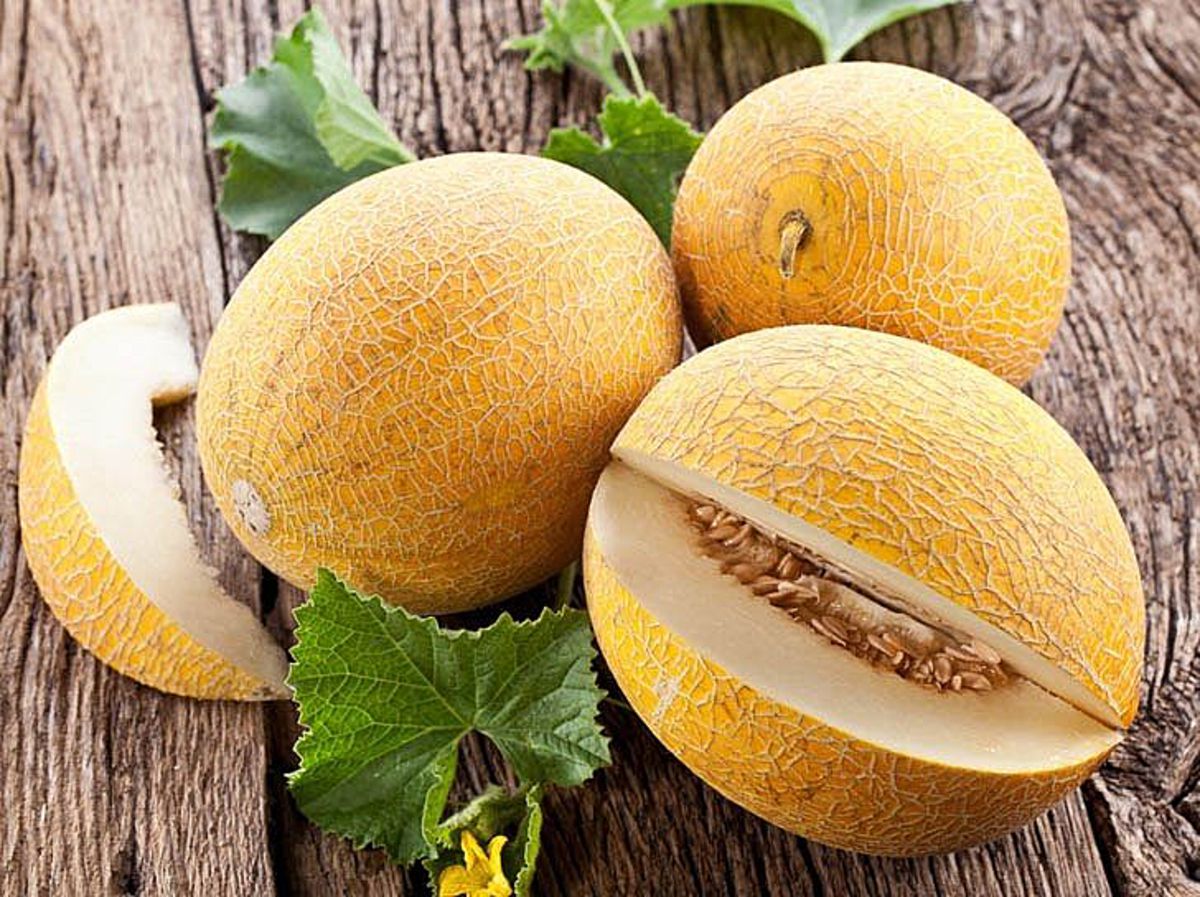You often hear on TV or meet in the bazaar such a plant as cantaloupe (Cantaloupe), but very few people know what it is and how this fruit is useful. In fact, it is a berry that belongs to the type of pumpkin fruit.
Another name for cantaloupe, closer in pronunciation to our homeland is cantaloupe. The plant has an oval or slightly flattened shape in appearance. The color of cantaloupe is yellowish or orange in color, and the leaves are most often dark green in color. Inside the melon is orange in color, and when cut, a large amount of juice and pulp is released.
The origin story of cantaloupe
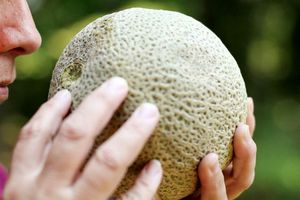 Cantaloupe (Cantaloupe) is a species of melon of mention, which has been found for over 2 thousand years. The latest mention of cantaloupe is found in records from India and Guinea, but it is generally accepted that the variety originated in western Europe.
Cantaloupe (Cantaloupe) is a species of melon of mention, which has been found for over 2 thousand years. The latest mention of cantaloupe is found in records from India and Guinea, but it is generally accepted that the variety originated in western Europe.
In fact, only cantaloupe varieties spread from Europe, and the melon got to these lands thanks to the Crusades. During the time of the Crusades, knights often collected outlandish finds and rare plant seeds.
So cantaloupe seeds were imported from Armenia and presented as a gift to the Pope. Another mention of this type of melon can be found in the records of Rome, which date back to the 1st century AD. e.
Today, the cultivation of cantaloupe can be found in every corner of the civilizational world. Cantaloupe came to Russia and America straight from Italy, where this fruit was most loved for its refined taste... From Italy, many varieties of cantaloupe melon were distributed throughout the world.
In agriculture, cantaloupe is prized mainly for its undemanding nature. A small amount of moisture during the season does not interfere with the maturation of this plant. Culinary specialists also use nutmeg in their dishes, as it has a strong aroma and good taste.
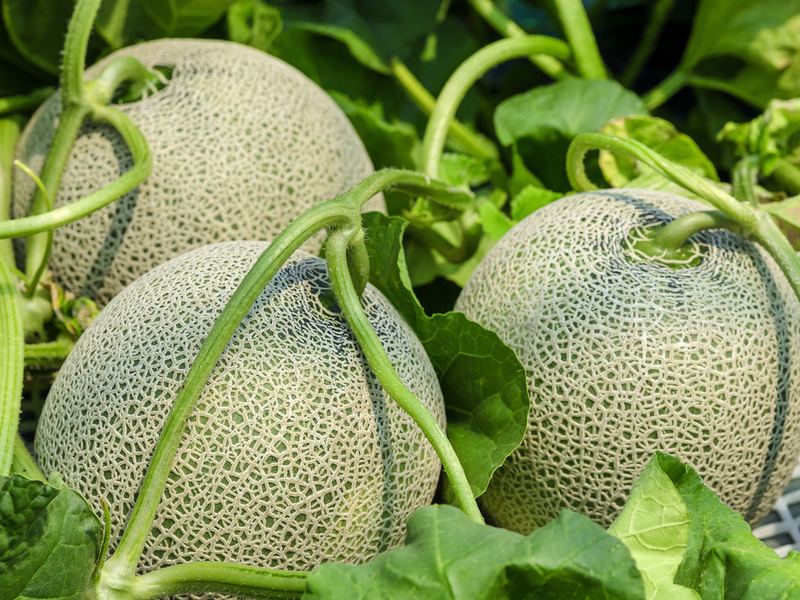
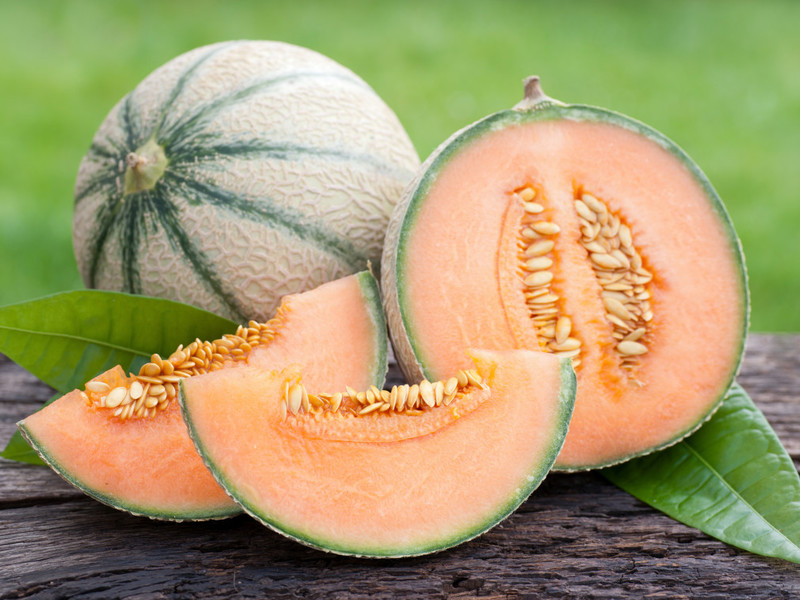
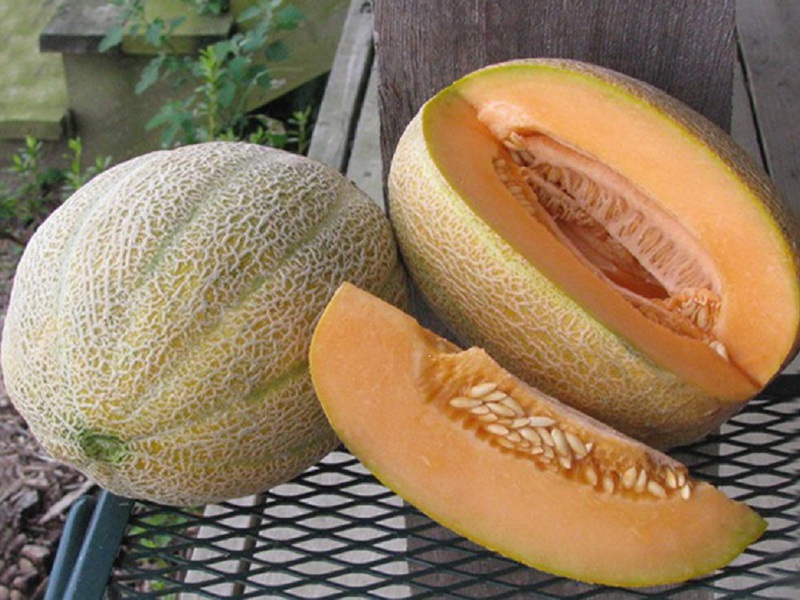
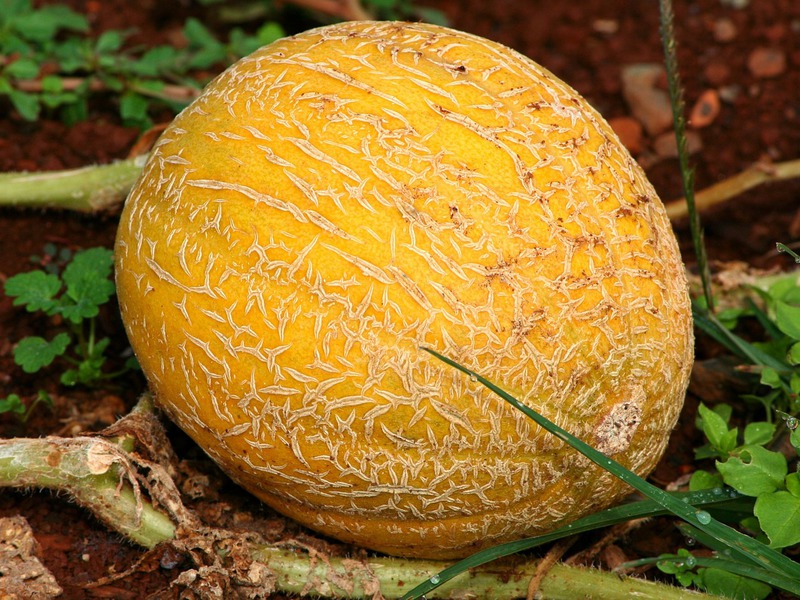
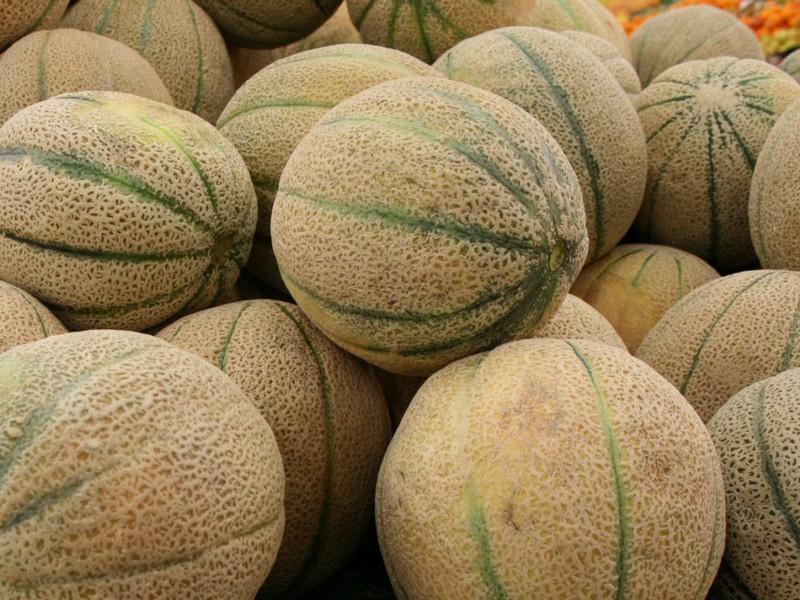
In Russia, as in other countries, people tried to develop new varieties that could easily adapt to the local climate. Managed to create at least 15 varieties until the 50s of the last century, of which the most famous are:
- Moscow cantaloupe.
- Tsaritsyn day.
- Anastasia.
After the 50s of the last century, the development of new varieties also continued. Nowadays, the most commonly cultivated varieties of melons are:
- Prescott.
- Algerian.
- Tours.
- Carmelite.
A huge number of varieties of this fruit are scattered around the world, but the largest popular with Charente... The fruits of this variety are small in size and weight (600-1200 gg).
In all other respects, Charente is similar to regular melons, but its feature is a very strong and persistent aroma, as well as spicy tastewhich is not found in other varieties.
Charente cantaloupe is grown exclusively in France in greenhouses. More often than not, it comes simply as a supplement and not as a main ingredient.
The chemical composition of nutmeg
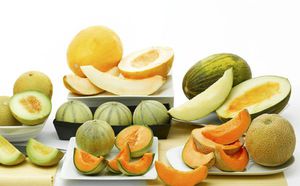 Cantaloupe, or cantaloupe, is prized not only for its enchanting taste, but also for its beneficial properties. In some criteria, the melon is even unmatched among other fruits.
Cantaloupe, or cantaloupe, is prized not only for its enchanting taste, but also for its beneficial properties. In some criteria, the melon is even unmatched among other fruits.
For example, it contains the most large amount of carotene among all other fruits. In addition, cantaloupe contains a large amount of sucrose. The sugar content in the melon exceeds that of the watermelon, where there is a lot of fructose, which, in large quantities, can harm human health.
Cantaloupe also contains iron, which is twice the amount in chicken meat and 17 times higher than the iron content in milk. Of the useful components, one can single out and vitamin C, which again in its quantity exceeds the content of this substance in watermelon by three times.
Cantaloupe is useful in cases where a person suffers from obesity, cholesterol, or hair loss. Inosine inhibits the progress of these diseases.
High amount of potassium prevents pressure increase, therefore, cantaloupe will be useful for advanced hypertension. In addition, this fruit is also low in calories, so it can be safely consumed in cases where a person is on a diet.
Using cantaloupe
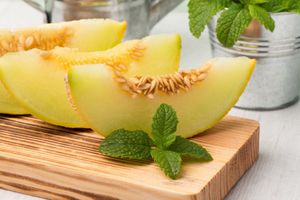 The simplest use of cantaloupe is for food, but cantaloupe is also a raw material for making premium candied fruits and jams. The bottom line is that this fruit can only be eaten by those who are engaged in its cultivation.
The simplest use of cantaloupe is for food, but cantaloupe is also a raw material for making premium candied fruits and jams. The bottom line is that this fruit can only be eaten by those who are engaged in its cultivation.
This is due to the short shelf life of cantaloupe, and that is why they found another use for it in the form of raw materials for the manufacture nutmeg and jam... Dried cantaloupe is also very popular. You have to use a long and complicated procedure to get the best quality cantaloupe dried fruit.
First, the fruits are placed on a flat surface, where they undergo a drying procedure in the sun for two days. Then the cantaloupe is washed and dried. After the melons are dry, they are cut in half along their entire length and all seeds are removed from the center.
Further, each of the halves of the fruit is divided into equal shares from two to four centimeters, depending on the further use of dried fruits. Each of the parts is peeled, and the green layer that adjoins the skin is removed. In this form, pieces of cantaloupe are placed for another 8-12 days to wither in the sun.
After the dried fruits are ready, they are braided into braids (bundles) and placed in boxes lined with parchment paper. By its structure dried fruit from musk melons are hard, sweet and sour to taste.
The amount of moisture in the dried slices is minimal, but a large amount of sucrose remains, which makes up almost 65% of the product. Humidity is about 15% or less depending on the period of drying.
In the finished form, dried fruits from the fruit of cantaloupe have light yellow or light brown shades. The amount of dark spots is minimal and does not exceed 5% over the entire area of the slices.
Cantaloupe is a berry that can help to cope with a large number of diseases, add useful components to the body, or simply brighten up the past day with its unique taste.
This product is used in many countries even as a raw material for the production of candied fruits, jam in cooking and confectionery and this is no accident, because, in fact, there are no more fruits similar in taste and quantity of useful properties in the world.
